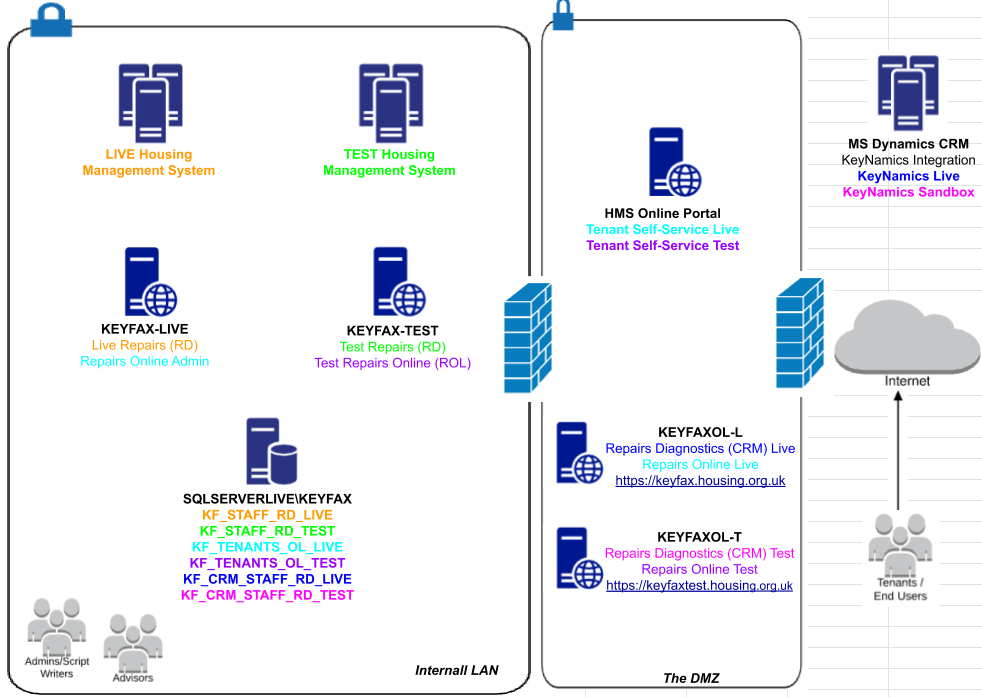1 July, 2020
What the Heck is happening on the Tenant Self-service Portal?
During the COVID-19 pandemic, many Housing Associations and local government landlords have changed what kinds of housing repairs they are prepared to carry out under the restrictions. For many, it’s emergency repairs only:
- Gas leaks
- Uncontainable water leaks
- Complete loss of heating and hot water
- Electrical or fire risk
- Property security
But, as we return to a “new normal”, how will tenants expectations have changed around contacting their housing providers? For many people shielding, or in lockdown, their only interface to the world has been via the internet, using a laptop, tablet, or mobile phone.
A new Opinium survey of 2,002 UK adults, which was conducted between 9th to 14th April 2020, has revealed that UK homes in lockdown during the COVID-19 crisis are spending 41.3 hours online a week (up 29% since pre-lockdown).
Has this resulted in Channel Shift? Are more tenants using online customer portals to interact with their housing provider? And, if you’re a Housing Association, how could you find out what’s happening on your tenant portal?
Not sure – I’ll just Google that
We often turn to Google if we want to know something, and we can do that here, too. Since tenant self-service portals are publicly available for residents to login to, they can be integrated with Google Analytics too.
Google Analytics has been fifteen years plus in the making, and has an abundance of statistics that help us understand who your users are, where they come from, what devices they use, and a whole lot more.
Most Portal providers will have some form of Analytics integrated with their offering for you to make sense of the data. Where Keyfax Repairs or Enquiries Online is integrated, you can also glean some useful insights.
Since version 4.1.4.15 of Keyfax, it has been possible to integrate Google Analytics with Keyfax Online to see what is happening during a tenant’s Online Repairs Diagnostics step on a Housing self-service Portal.
So we get to know all about the Tenant?
When an individual is using the internet, especially if they are logged into their Google account, Google knows a great deal about them. When a tenant is logged into a portal, there is a lot of Personally Identifiable Information that you wouldn’t want Google to be able to record.
For that reason, and to comply with GDPR rules, we have to anonymise the data as much as possible. That means we tell Google to not even record the IP address of where the tenant is connecting from.
But there are still many useful bits of information that we can glean.
Give Me the Big Picture
The idea of Google Analytics is that it can help answer useful questions about the traffic to your website. In this case it is your tenants, stepping through some diagnostic scripts to report repairs. Once Google Analytics is integrated, which we’ll do for free, you can see the big dashboard:

Now break it Down for Me
Users – How many users have decided to request a repair or make some sort of general enquiry online through the customer portal in the default 30 day period? 780 – up 38.5% since last month. As we’re approaching the end of June, maybe this is a sign of us coming out of lock-down.

Bounce Rate – Of those 780 Users, how many of them arrived on the site and then left without doing anything else? 13.4% up 3.5%. (NB. The industry standard for a web site is about 40%, so that’s still a good bounce rate).
Session Duration – Once a user has launched the diagnostic scripts, how long is their session, on average? Four minutes 54 seconds – nearly five minutes to carry out the diagnostic.
What’s useful to note about these statistics, is that there is no “right or wrong”. This is just data. The best way to use this is to take a look about once a month to spot any trends. Is the bounce rate going up, are the users going down? And ask why that might be.
Active Users – How many people are on the website carrying out a repair right now – in real time?

When do your Users Visit?
Let’s say you’re the IT manager of this Housing Association and you need to take the service down for some reason. When would be the best time to do that, to minimise the interruption of the service to the tenants? When is the quietest time for tenants using the Repairs diagnostic scripts?
This should provide some clues. Friday at 4pm shows the colour for the lowest usage.
What Else Can we Understand?
Maybe it’s useful to understand what devices and browsers your tenants are using when they come in through the portal. Google can tell you:
The bounce rate from Chrome users is half that of the Samsung internet users. Is that because the site is easier to use through a Chrome browser, or is it because the Samsung users are all using mobiles, and they are more in a rush (they do visit less pages)?
Having the data allows you to ask some interesting questions about the service you are supplying through the tenant portal. Additionally, you can keep monitoring the trends by getting monthly reports sent to you automatically from Google Analytics:

What’s Your Favourite Device?
A lot of IT Managers would like to know what devices the tenants are using when logged into the portal. What proportions are on Desktop, mobile, tablet? Google Analytics has that covered

This tells an interesting story. This particular Housing Organisation used to operate with walk-in PC terminals for the public to use. But since the COVID-19 lockdown, access to the PC terminals has been taken away.
So the usage has moved away from the desktops (12.7% down) to tenants at home on mobiles and tablets.
If you want to drill down into the Mobile devices that residents use to diagnose their repair, that’s also available.

It’s interesting how the two highlighted rows of users with ‘tablets’, rather than mobiles, are slightly less likely to ‘bounce’ off the site, look at more pages and stay longer than the mobile phone users. Perhaps tenants are just taking more time at home using a tablet, rather than being out and about on a mobile.
Can you get Google Analytics for Keyfax Repairs Diagnostics?
Because Keyfax Repairs Diagnostics is usually hosted on a server within your own network, it is not publicly accessible, and so can’t be integrated with Google Analytics. Google needs to be able to “see” the website that the Keyfax application is running on.
However, if you have Keyfax Repairs or Enquiries Online and you have version 4.1.4.15 or later, it’s highly likely that we have already set this up for you. Have a chat with your account manager and they will get it organised, so that you have access to your own Google Analytics data.







